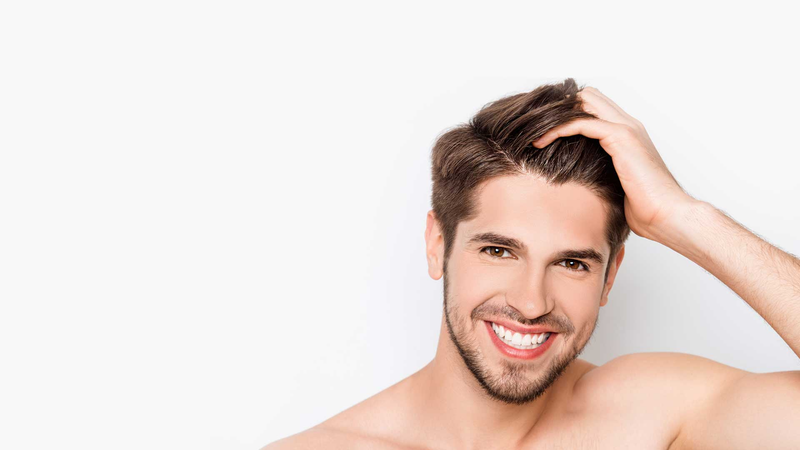Whether you're just beginning your recovery or planning, here’s a practical guide to maintaining your hair after the best hair transplant. A successful Hair Transplant in Dubai can be life-changing, offering renewed confidence and a fuller head of hair. But the journey doesn’t end when the procedure is complete. Post-transplant care plays a crucial role in ensuring long-term results and maintaining the health of your newly implanted hair.
Understanding the Healing Phase
What Happens Right After the Procedure?
The first few weeks post-transplant are vital. Your scalp will be in the healing phase, and it’s normal to experience redness, scabbing, and mild discomfort. You might notice the transplanted hair shedding within the first 2–3 weeks—this is completely normal and part of the process known as "shock loss." New growth typically begins around the 3-month mark.
Tips for Maintaining Healthy Hair Post-Transplant
1. Follow Your Post-Op Instructions Carefully
After your hair transplant in Dubai, your surgeon will provide detailed aftercare guidelines. These instructions often include:
How to clean your scalp without disturbing the grafts
Sleeping positions to avoid pressure on the treated area
Avoiding direct sun exposure or harsh environmental conditions
Strictly following these directions ensures optimal graft survival.
2. Avoid Touching or Scratching the Scalp
Even if the scalp itches during healing, resist the urge to touch, rub, or scratch the area. Disrupting the grafts can impact the final outcome and increase the risk of infection.
3. Choose Mild, Sulfate-Free Shampoos
When your doctor clears you to wash your hair, use gentle, chemical-free shampoos. Sulfate-free products are less likely to irritate the scalp and support a healthy environment for hair regrowth.
4. Maintain a Healthy Diet
Nutrition plays a vital role in hair health. To support your recovery:
Eat foods rich in protein, iron, and vitamins A, C, D, and E
Incorporate zinc and biotin-rich items like eggs, nuts, and leafy greens
Stay hydrated to promote skin and scalp health
A balanced diet can strengthen hair follicles and speed up recovery.
5. Avoid Strenuous Activities
Heavy workouts, swimming, and activities that cause excessive sweating should be avoided for at least 2–3 weeks post-transplant. Sweat and friction can dislodge new grafts and hinder healing.
6. Keep Your Scalp Protected from the Sun
Dubai’s intense sun can harm sensitive scalp tissue. Always wear a loose-fitting hat or stay in shaded areas when outdoors, especially during the first month after your hair transplant in Dubai.
Long-Term Hair Maintenance Tips
Stick to a Consistent Hair Care Routine
Once your new hair starts to grow in, establish a gentle yet effective hair care routine. Regular shampooing, conditioning, and scalp massages can improve circulation and hair quality.
Minimize Heat and Chemical Treatments
Excessive heat styling, coloring, or chemical treatments can weaken hair shafts. Try to avoid these, especially during the first six months after the procedure.
Regular Follow-Up Appointments
It’s wise to schedule periodic check-ins with your hair restoration specialist. These visits enable professionals to monitor progress and recommend any supportive therapies as needed.
Consider Supplements or Supportive Therapies
Depending on your unique hair and scalp condition, you might benefit from:
PRP (Platelet-Rich Plasma) treatments
Low-Level Laser Therapy (LLLT)
Hair growth supplements recommended by professionals
These therapies can complement your hair transplant in Dubai and help sustain lasting results.
Final Thoughts
Getting the best hair transplant in Dubai is only the beginning of your transformation. The key to achieving natural, long-lasting results lies in how well you maintain your hair afterward. From gentle care and sun protection to nourishing your body and avoiding unnecessary stress on the scalp, every little step counts.




Top comments (0)